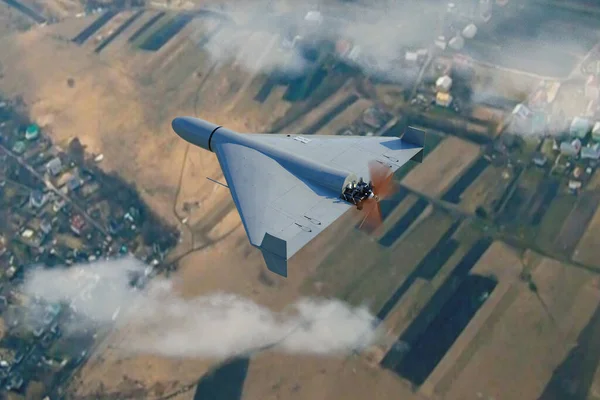
Can a low-cost drone change the shape of a battlefield? In Ukraine, the answer is increasingly yes. Russia’s rapid adaptation of unmanned aerial systems has introduced tactics that go far beyond traditional strike missions, creating new layers of threat for both military and civilian targets. In the past year, Russian forces have developed Shahed-style drones from simple kamikaze weapons into multirole platforms able to conduct remote mining, dynamic pursuit of targets, and function as motherships carrying smaller strike drones.
All these developments, added to improvements in communications, artificial intelligence, and counter-interceptor measures, suggest a conscious movement toward irregular, high-tech conflict meant to stretch Ukrainian defenses thin. This list examines the most significant of these innovations, drawing on battlefield reports, technical assessments, and open-source intelligence to reveal how Russia is reshaping drone warfare in real time.
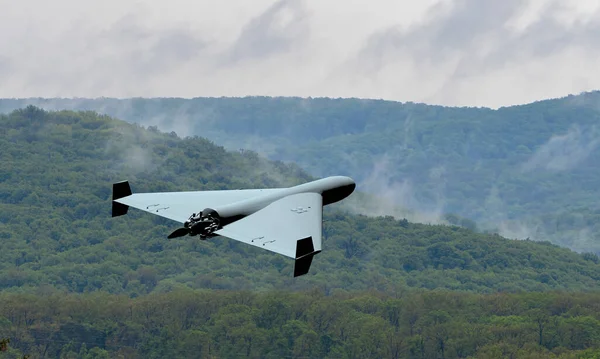
1. Shahed Drones as Aerial Mine Layers
More recently, Russian forces began affixing canisters of PTM-3 anti-tank mines to Shahed-style drones, converting them into an improvised aerial mine dispersal system. According to Ukraine’s National Police, each drone can carry two cassettes that eject the mines in flight and arm immediately. The plastic casing and magnetic sensor of the PTM-3 make it hard to detect and dangerous for both vehicles and personnel. The approach enables the remote mining of roads, agricultural fields, and transport routes without exposing ground forces. Mines self-destruct after 16–24 hours but during that time remain a serious hazard to first responders and civilians. The technique reflects a broader Russian emphasis on area denial through unmanned systems.
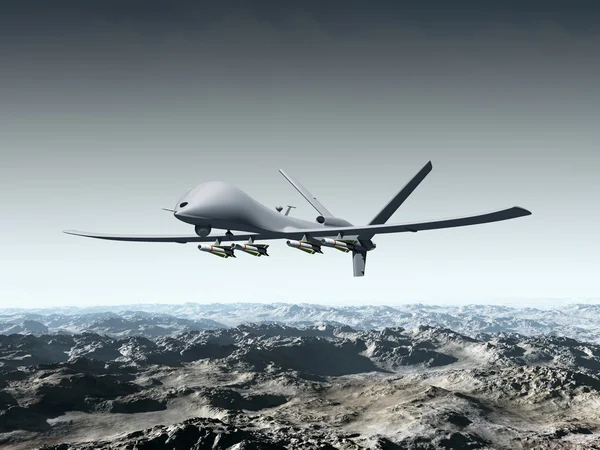
2. Mothership UAVs Extending Strike Range
In turn, Russian developers have adapted Orlan and Molniya fixed-wing platforms as motherships to carry and release FPV strike drones far beyond their normal operational range. For example, the RD-8 model from KB Valkyriya can carry two drones with three-kilogram warheads and can operate via radio, Starlink, or mobile networks at distances up to 150 km. The use of motherships as airborne repeaters enables them to overcome Ukrainian electronic warfare and greatly extends tactical reach deep into the near rear. Ukrainian forces report that such systems are increasingly used for interdiction tasks against ground lines of communication, targeting logistics hubs 20–25 km from the front.
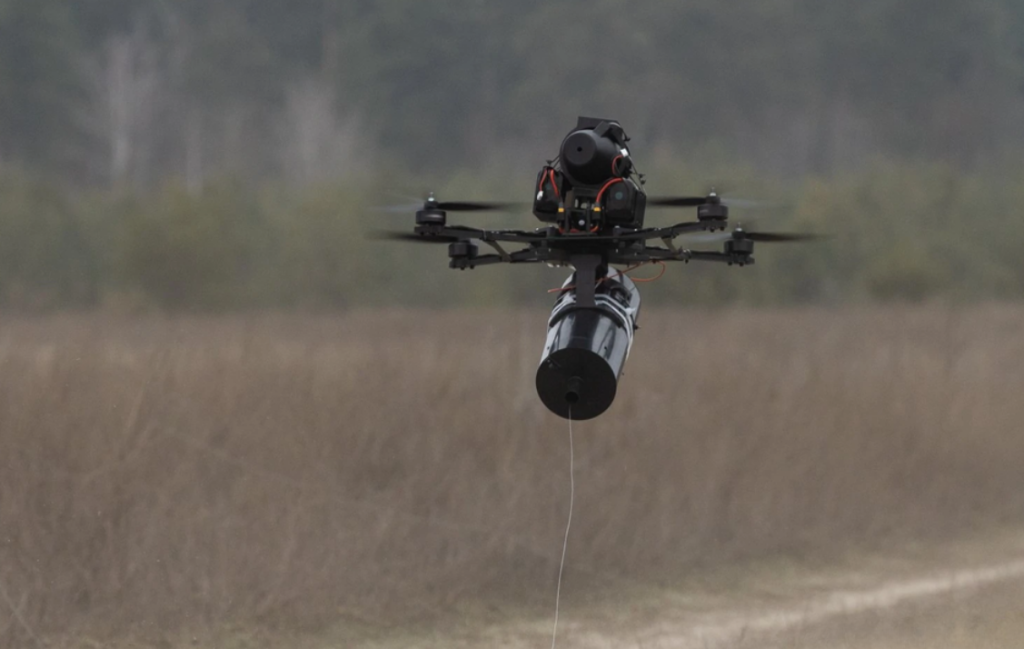
3. Fiber-Optic Control to Defeat Jamming
To take on Ukrainian electronic warfare, Russia has incorporated fibre-optic cabling in very affordable Molniya UAVs, thereby allowing operators to maintain high-quality video feeds and control over ranges of 20-40 km. This approach, while reducing payload capacity, makes the drones themselves impervious to radio jamming. Now, some fiber-optic UAVs work as repeater platforms, amplifying signals for other strike drones and extending those operational ranges up to 50–60 km. That same adaptation is being tried out on unmanned surface vessels, with the potential to launch FPV drones against coastal cities.
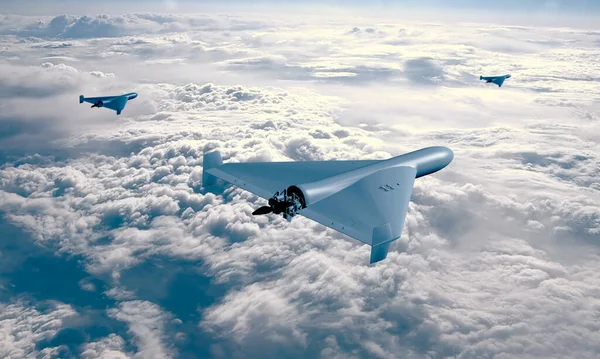
4. Dynamic Target Pursuit with MS Shaheds
The modified MS variants of Shahed drones have been fitted with thermal imaging cameras and radio modems that enable the operators to track and strike targets including trains and heavy equipment that are in motion. Ukrainian EW specialist Serhiy Beskrestnov noted one such drone repeatedly adjusted its approach before it hit a railway target. These upgrades push the strike options beyond static targets to threaten logistics chains and artillery positions. While the range is still limited, at about 200 km, the psychological impact of drones hunting mobile assets is significant.
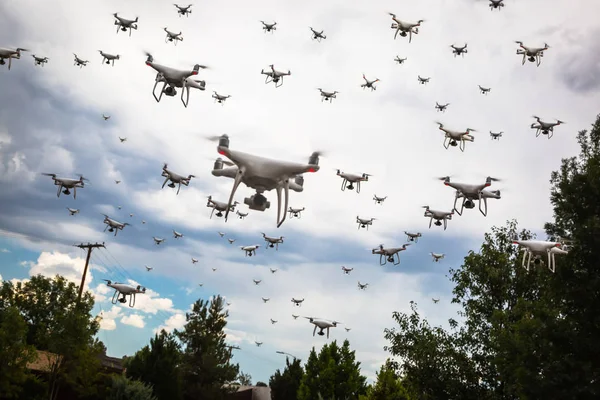
5. AI-Assisted Drone Swarms
Russia claims to have combat-tested AI-based control systems, which enable operators to operate several FPV drones simultaneously. With AI, one can switch over to any other drone in cruise mode to save battery, thereby increasing battlefield firepower with reduced training time. Tactics like such could overwhelm defenses, especially when combined with mothership deployment. The introduction of AI in low-cost platforms is one step toward autonomous strike coordination.
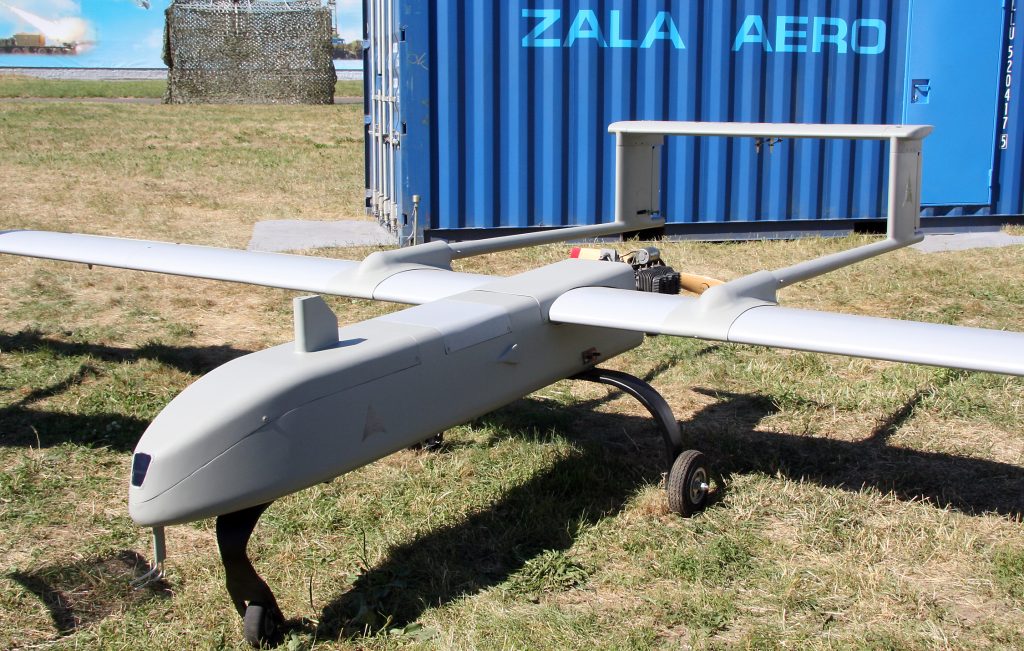
6. Counter-Interceptor Radio Detectors
In an attempt to evade Ukrainian interceptor drones, the Russians installed radio signal detectors on the Supercam and ZALA UAVs. These sensors alert the drone to strong signals from interceptors, triggering evasive maneuvers and jamming the attacker’s video feed. Deputy General Director Dmitry Sadovnik confirmed the production of detectors operating at a new 7.2 GHz frequency. This is a reflection of the growing contest between strike drones and counter-drone systems along the front line.
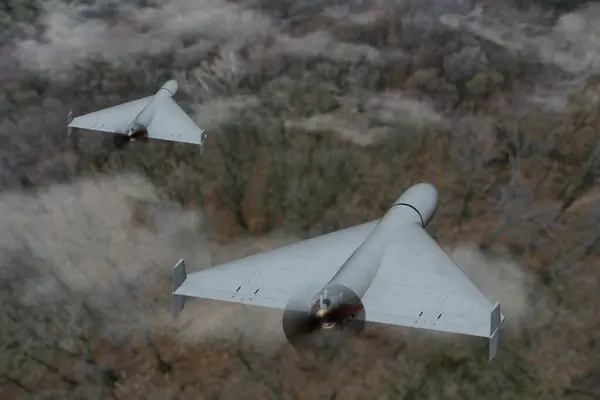
7. Wolfpack Tactics for Shahed Strikes
Recent reports suggest Russia deploys “Wolfpack” tactics, coordinating groups of Shahed drones to saturate defenses and provide some degree of strike efficiency. In these types of attacks, some drones act as decoys, while others conduct reconnaissance, forcing Ukraine to expend interceptors on non-lethal targets. The hit rate for this approach has increased in closer-to-the-front regions due to shorter flight times and improved navigation systems that enable the bypass of electronic countermeasures.
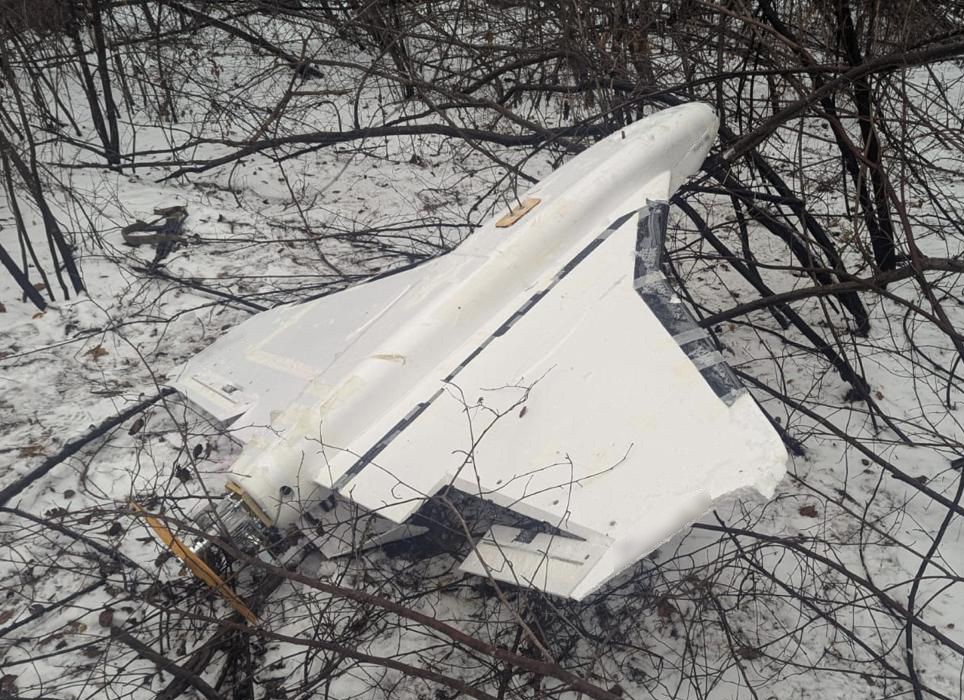
8. Gerbera and Parodya Decoy Drones
Russia has fielded Gerbera and Parodya, drones adapted from the Shahed design, to spoof the radar and electronic signatures of attack drones. Their goal is to draw Ukrainian air defenses away from strike platforms. Although considered degraded variants in terms of payload, these decoys increase the survivability of main strike assets and complicate defensive targeting decisions.
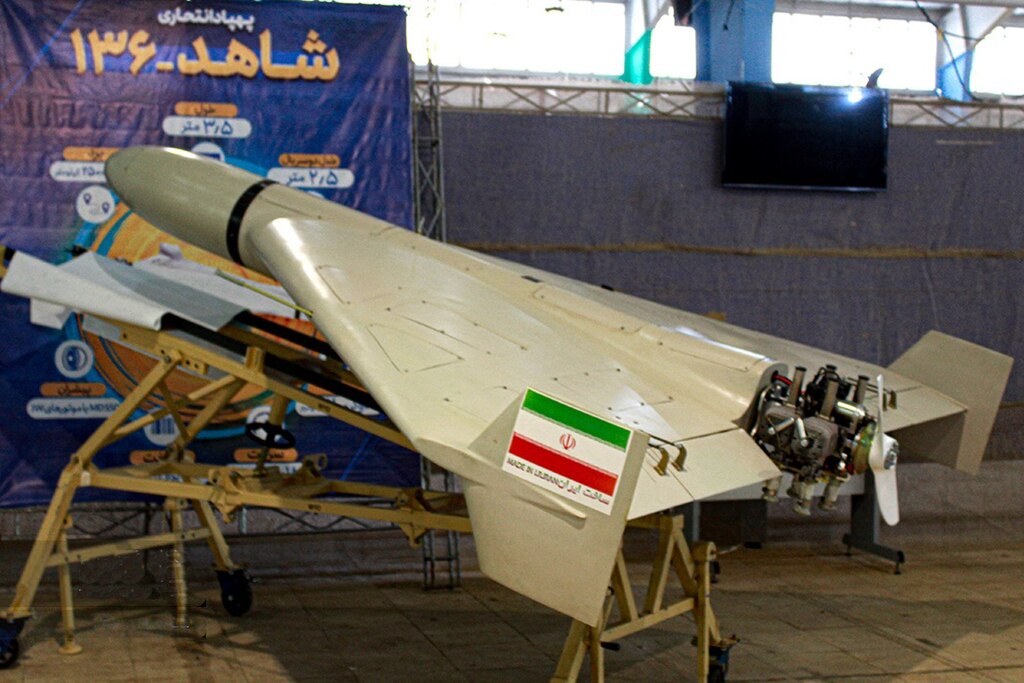
9. Jet-Powered Shahed Variants
There are growing reports of the Shahed/Geran jet-powered strike drones flying faster and being harder to intercept than the prop-driven Shahed-136 variants. Its speed reduces the engagement windows for air defenses and allows deeper penetration in contested airspace. These variants likely serve in high-priority strikes where speed and reduced vulnerability outweigh the advantages of larger payloads.
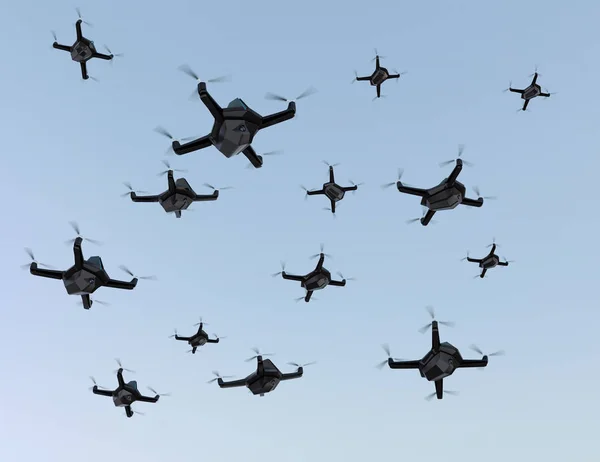
10. Industrial-Scale Production at Alabuga
Domestic production of Shahed drones by Russia at the Alabuga SEZ has reached unprecedented levels, with production surging from 7–10 units per day to about 20 per day, thus allowing the delivery of 4,500 units by April 2024, well ahead of schedule. Unit costs have fallen from $200,000 for imported drones to about $70,000 for locally produced models, creating a cost asymmetry that compels Ukraine to use expensive interceptors against cheap, mass-produced threats.
Russia’s changing drone tactics in Ukraine illustrate how rapidly unmanned systems can be repurposed for new roles, from remote mining to dynamic pursuit and swarm coordination. Industrial-scale production, low unit costs, and layered capabilities are eroding traditional defensive advantages. For defense analysts, the key takeaway is clear: the future battlespace will be shaped not just by the sophistication of individual platforms but by their adaptability, multiplication, and incorporation into complex operational concepts.


